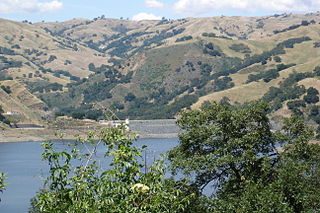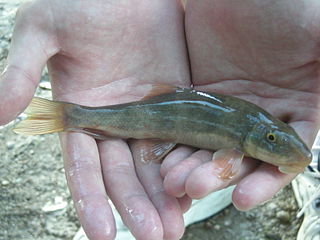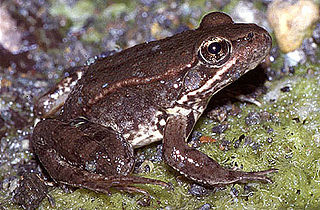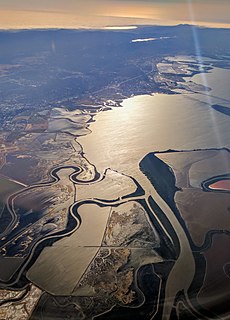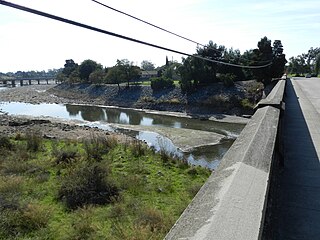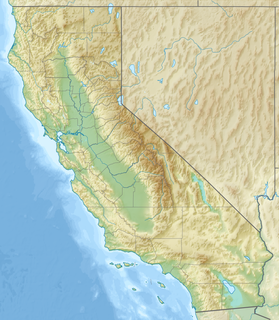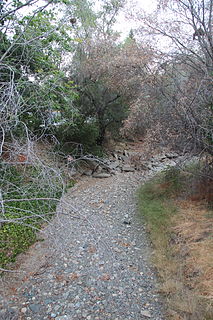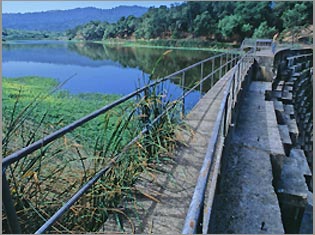| Arroyo Hondo | |
|---|---|
 Summer low flows in Arroyo Hondo with riparian white alder and foothill pine, Courtesy of Robert A. Leidy PhD, U.S. EPA | |
| Location | |
| Country | United States |
| State | California |
| Region | Santa Clara County |
| Physical characteristics | |
| Source | Confluence of Smith Creek and Isabel Creek |
| - coordinates | 37°23′00″N121°41′34″W / 37.38333°N 121.69278°W [1] |
| - elevation | 1,585 ft (483 m) |
| Mouth | Joins Calaveras Creek in Calaveras Reservoir |
- coordinates | 37°27′51″N121°46′36″W / 37.46417°N 121.77667°W Coordinates: 37°27′51″N121°46′36″W / 37.46417°N 121.77667°W [1] |
- elevation | 771 ft (235 m) [1] |
Arroyo Hondo is a northwestward-flowing 13.0-mile-long (20.9 km) [2] river in Santa Clara County, California, United States, that lies east of Milpitas. [1] The area is privately owned by the San Francisco Water Department and is closed to public access because of its usage as drinking water. Bounded to the east by Oak Ridge and to the west by Poverty Ridge, Arroyo Hondo empties into the Calaveras Reservoir where it joins Calaveras Creek. It is formed by the confluence of Smith Creek and Isabel Creek which drain the west and east slopes of Mount Hamilton, respectively.

Santa Clara County, officially the County of Santa Clara, is California's 6th most populous county, with a population of 1,781,642, as of the 2010 census. The county seat and largest city is San Jose, the 10th most populous city in the United States and California's 3rd most populous city.

Milpitas is a city in Santa Clara County, California. It is located with San Jose to its south and Fremont to its north, at the eastern end of State Route 237 and generally between Interstates 680 and 880 which run roughly north/south through the city. With Alameda County bordering directly on the north, Milpitas sits in the extreme northeast section of the South Bay, bordering the East Bay and Fremont. Milpitas is also located within the Silicon Valley. The corporate headquarters of SonicWall, Maxtor, LSI Corporation, Adaptec, Intersil, FireEye, Viavi and Lumentum, KLA-Tencor, and View, Inc. sit within the industrial zones of Milpitas. Flex and Cisco also have offices in Milpitas. The population was 78,106 at the 2018 census.
Oak Ridge in Santa Clara County, California, is a ridge forming the east canyon wall of Arroyo Hondo, which drains into Calaveras Reservoir. Black Mountain is its highest point. The first known white settlers on Oak Ridge were the Parks family, who ran cattle on the ridge. Now owned by the San Francisco Water Department, the ridge is private property and is off-limits to most people.




